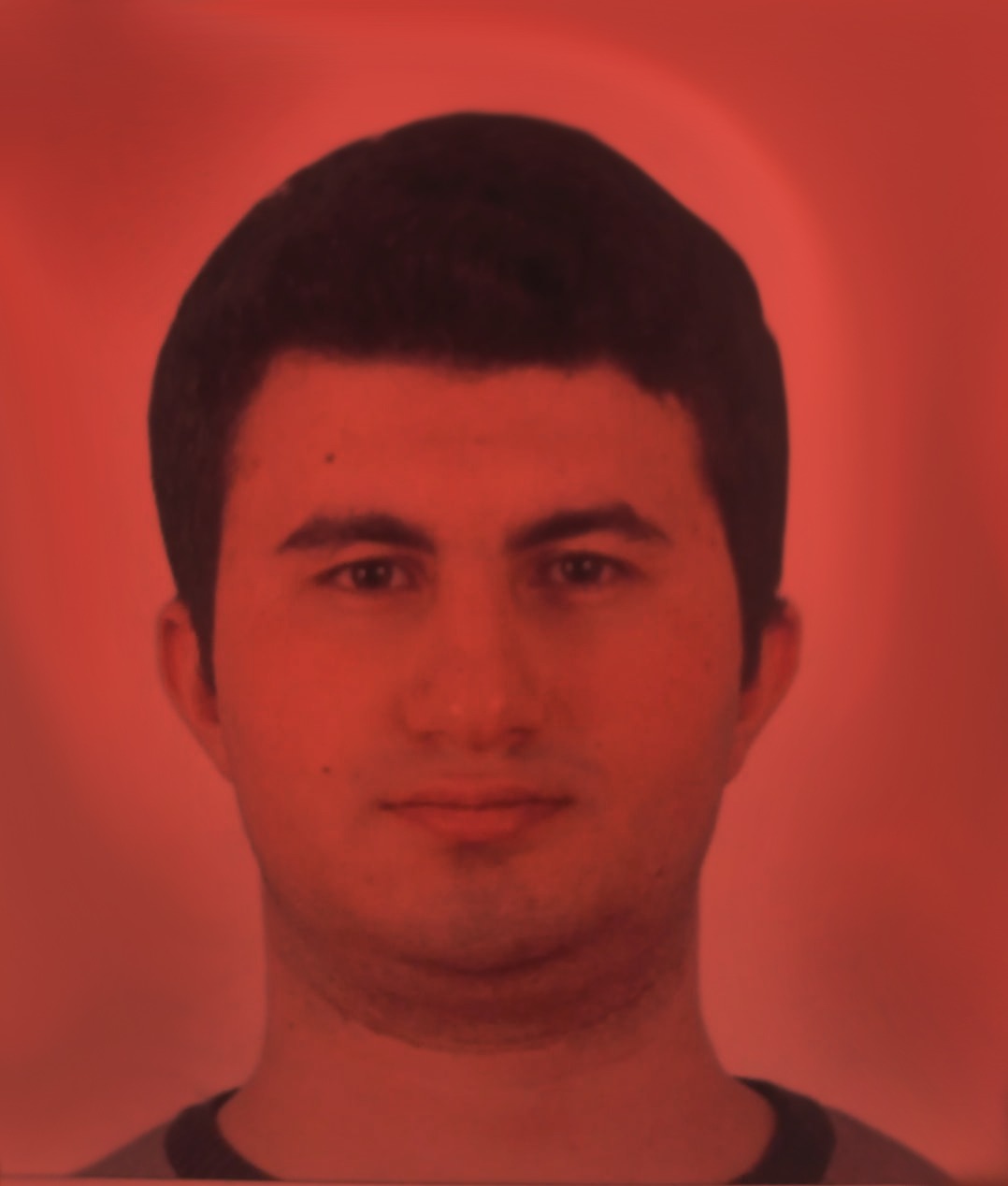A construction worker in a southwest German town recently made a remarkable discovery when he unearthed a collection of around 1,600 medieval coins dating back to about 1320 AD. The value of these coins was estimated to have been significant enough to purchase 150 sheep during that period. The coins originated from various mints across Germany, Switzerland, and France.
The discovery was made while Claus Völker was working on installing underground piping near a swimming pool in Glottertal, Germany. Initially finding some small metal plates, Völker contacted the State Office for Monument Preservation, leading to the excavation of approximately 1,000 coins on the first day. Despite the challenging weather conditions the following day, archaeologists persevered, using metal detectors to uncover an additional 600 coins.
Andreas Haasis-Berner, an archaeologist involved in the project, revealed that most of the coins were minted in Breisach, Zofingen, and Freiburg around the year 1320 AD. The collection also included coins from Basel, St. Gallen, Zurich, Laufenburg, and Colmar. Haasis-Berner noted the historical significance of the find, emphasizing that Völker’s attentiveness played a crucial role in uncovering one of the most extensive medieval coin hoards in recent decades.
Further exploration of the region where the coins were found may reveal additional secrets from its mining history. According to Haasis-Berner, Glottertal was a significant mining area for the dukes of Freiburg, suggesting a rich historical context for the discovery. Such findings provide valuable insights into the economic activities and social dynamics of the region during that era.
This discovery adds an element of excitement to the area and offers researchers a wealth of material to study further. The evaluation of this coin treasure is expected to shed light on various aspects, including coin circulation in Breisgau, minting practices, silver trade, and mining activities in Glottertal. By delving into the historical significance of these coins, experts hope to gain a deeper understanding of the region’s past.
